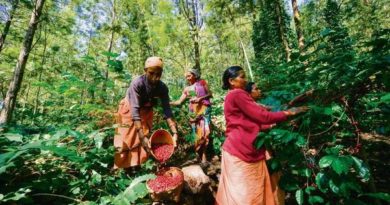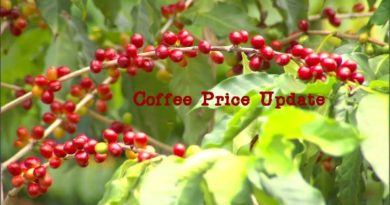Birds in Western Ghats Love Robusta Coffee
Although the Arabica variety of coffee may be preferred by many coffee lovers for its soft and sweet taste, it seems that the birds love and prefer the taste of the bold and beautiful Robusta variety more.A new research study in the Western Ghats highlights the importance of coffee plantations as a supplementary habitat in regions with small protected areas.
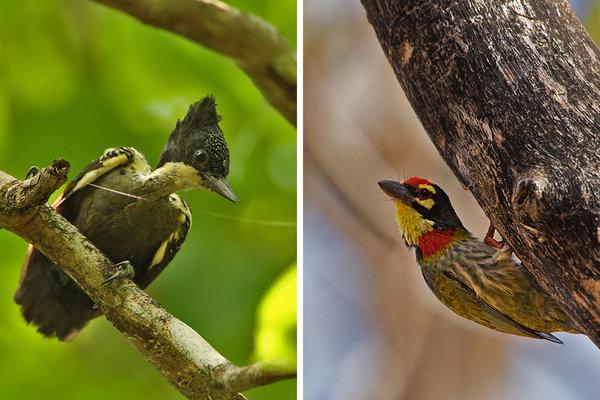
A team of researchers from the Wildlife Conservation Society, Princeton University, and the University of Wisconsin-Madison examined avian habitat specialists living on arabica and robusta farms in the Western Ghats to learn which is the most “bird friendly” coffee. They also examined the effects on birds of changing a farm from arabica to robusta production.
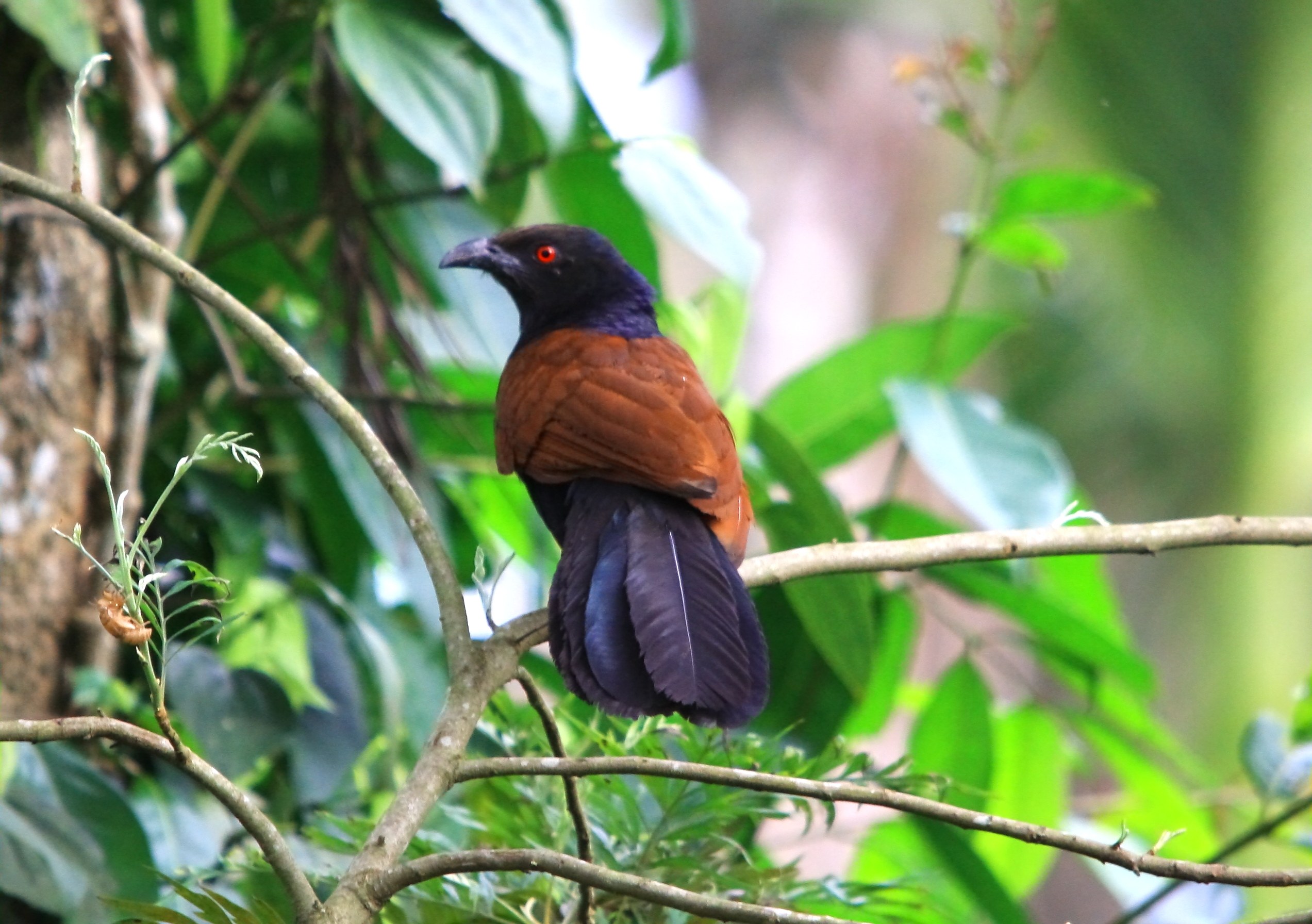
Using household surveys of 61 arabica and robusta coffee farming estates across Chikkamagaluru, Hassan and Kodagu districts, the researchers found that the percentage of farmers planting coffee increased overall, and that the average acreage planted with robusta increased significantly during the past decade. They also found that both arabica and robusta were grown in dense rainforest under fairly closed — “shady” — canopies (average canopy density score of 94.6% for arabica and 79.2% for robusta.)
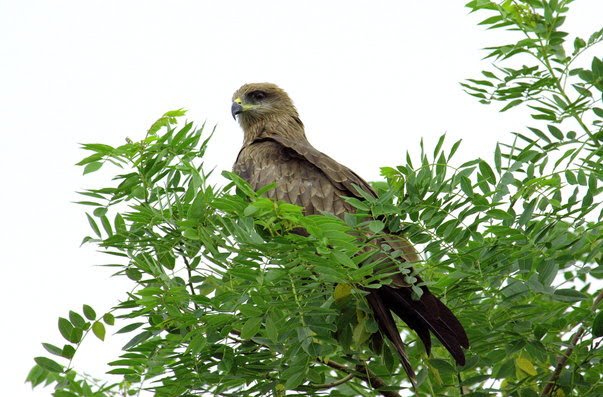
In total, the researchers counted 79 rainforest bird species living on the coffee farms, including three IUCN Red-Listed (Endangered) species: the Alexandrine parakeet, Psittacula eupatria; the Nilgiri wood pigeon, Columba elphinstonii; and the grey-headed bulbul, Pycnonotus priocephalus.
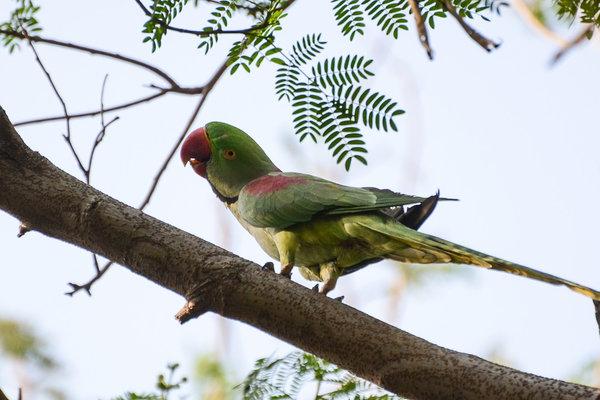
When the birds were censused, the researchers found that bird communities in arabica farms were more species rich, and included a diversity of frugivorous, insectivorous, and omnivorous birds, and they had nearly twice as many endemic bird species when compared to robusta farms.
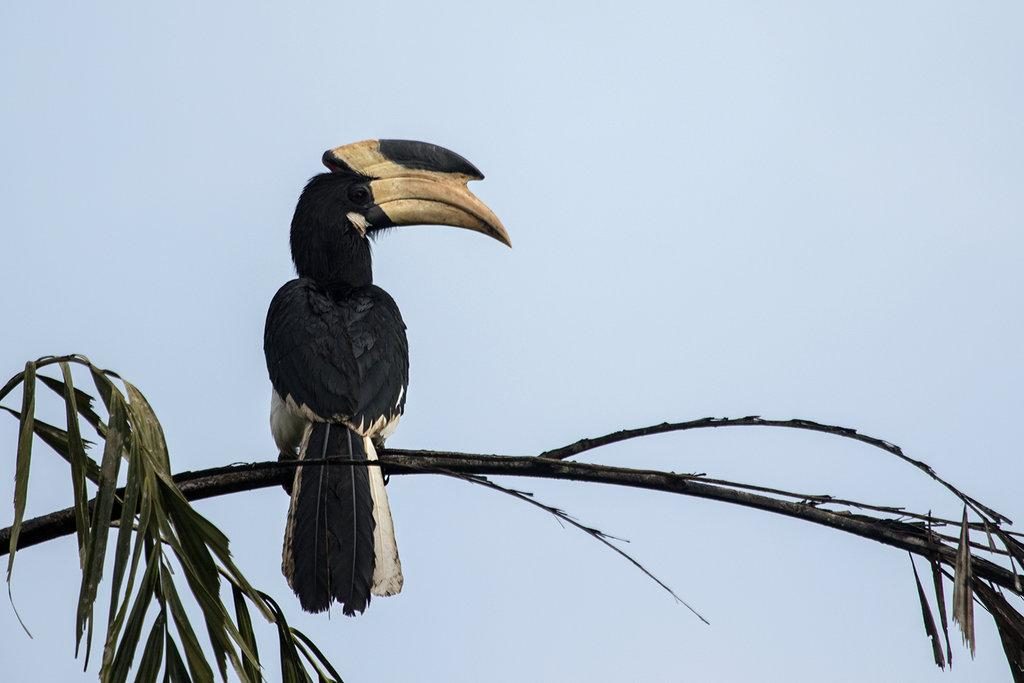
But robusta bird assemblages were more diverse than expected, especially when considering sensitive species such as frugivores. The team also learnt that only 19% of robusta farmers used pesticides compared to 75% of the arabica farmers, which allowed a far greater prey diversity and availability for insectivorous birds.
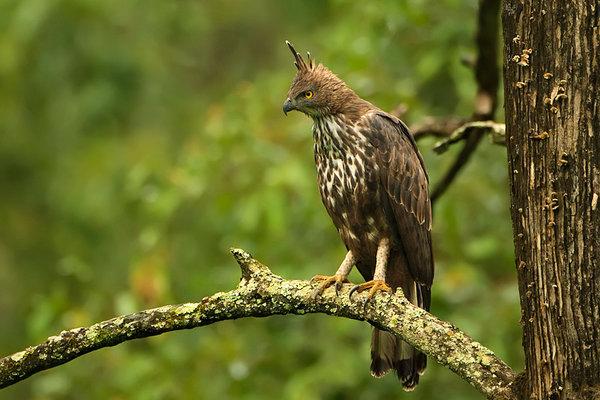
And of course, where ever there’s a diversity of birds present, you will find a diversity of other species too, many of which are harder to see, such as mammals, amphibians, and trees. This suggests that coffee farming in the Western Ghats may not be especially harmful to birds, wildlife nor indeed, to local biodiversity.
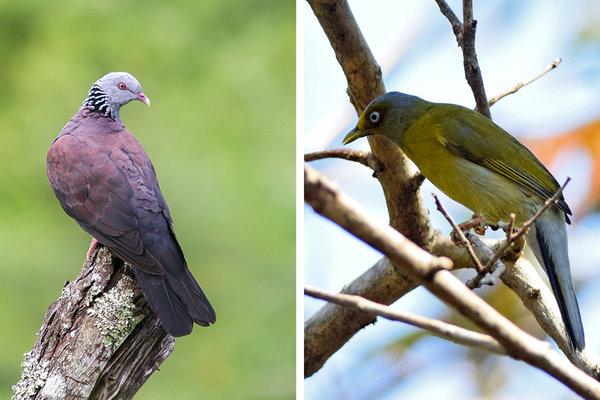
Dr. Chang and her collaborators noted that coffee farms supported higher species richness, endemic richness and greater densities of birds overall when compared to other major cash crops produced in the Western Ghats, such as “betel nuts” from the areca palm, Areca catechu, and rubber, Hevea brasiliensis. Thus, although coffee production is increasingly changing the landscape, there is the possibility that carefully managed coffee farms can be less damaging overall to the existing biodiversity in the Western Ghats.
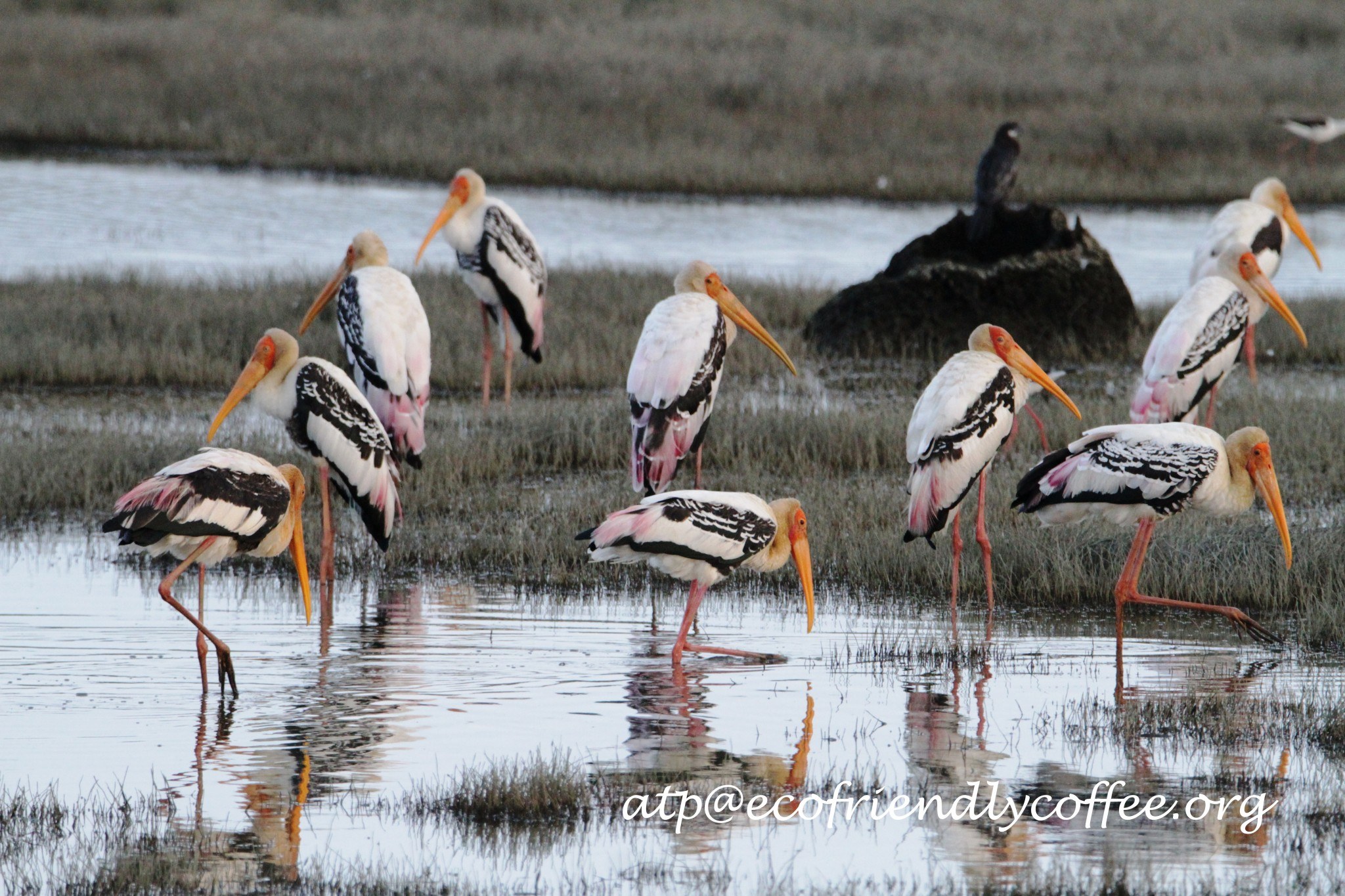
Although this study found that some birds do better in arabica farms than in robusta farms, Dr. Chang and her colleagues found both types of coffee farms were generally beneficial to local birds and wildlife — which is important since coffee farmers in the Western Ghats have been planting more of the hardier robusta recently.
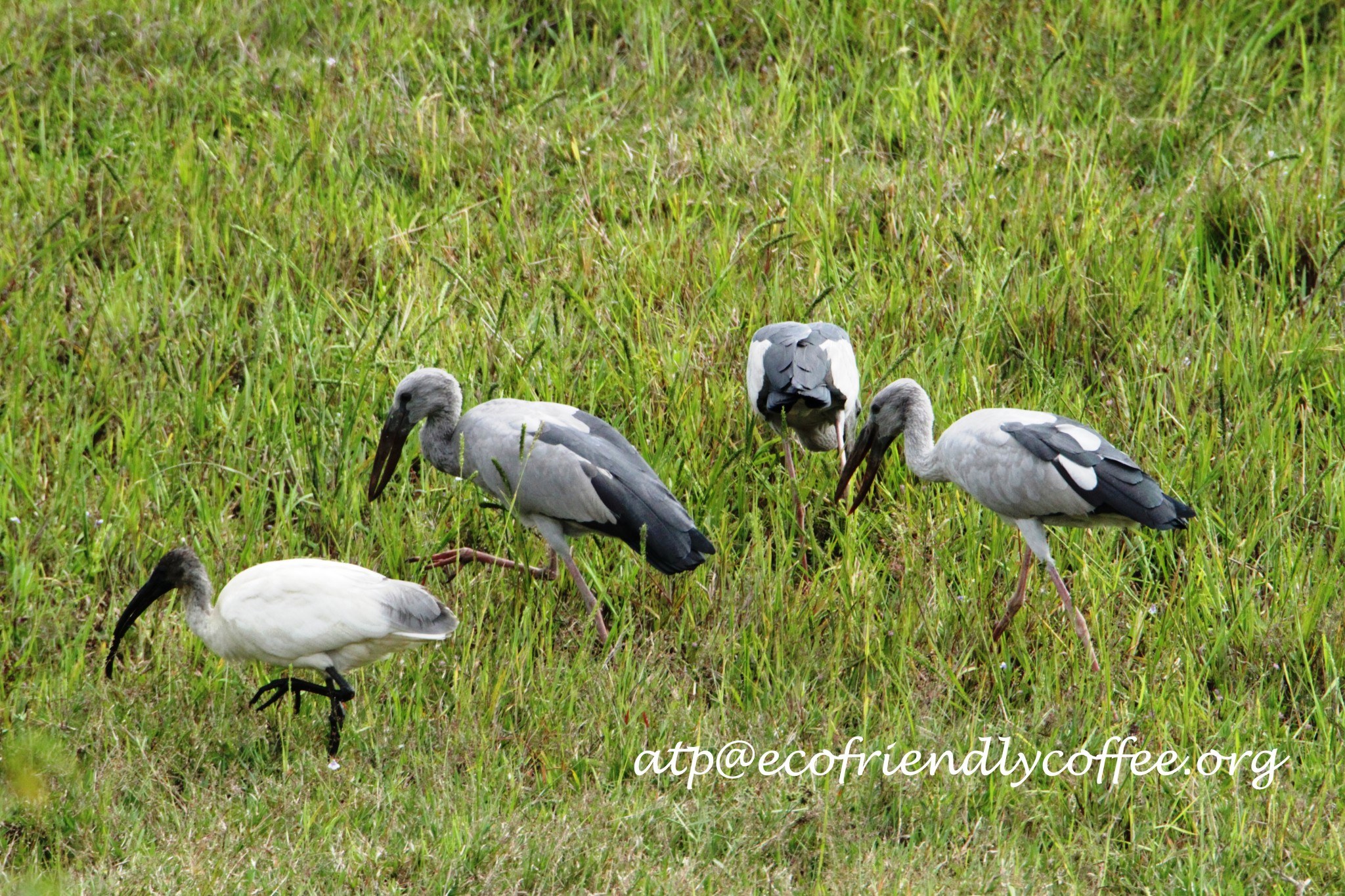
Source:
1.The New York Times
2.The New Indian Express
Photo Courtesy :
1.The New York Times
2.The Eco Friendly Coffee
